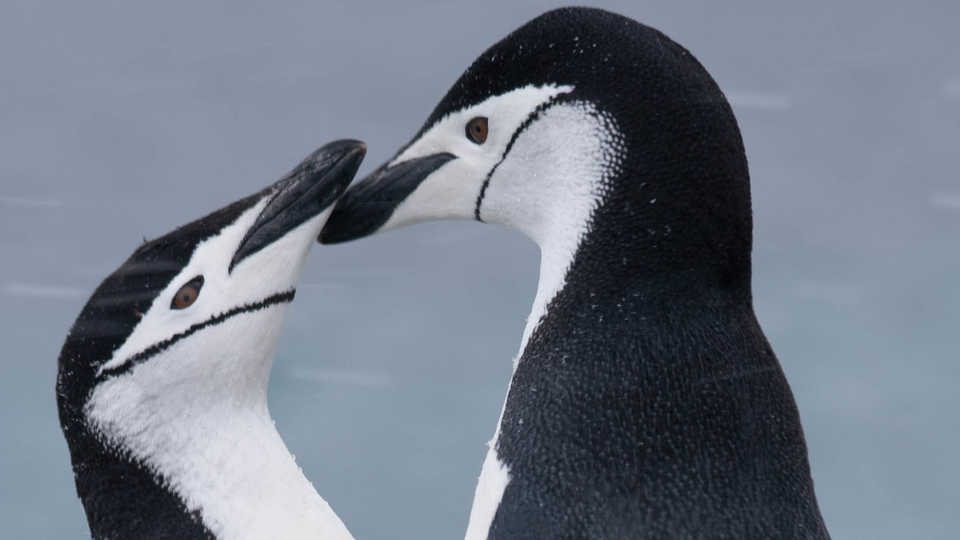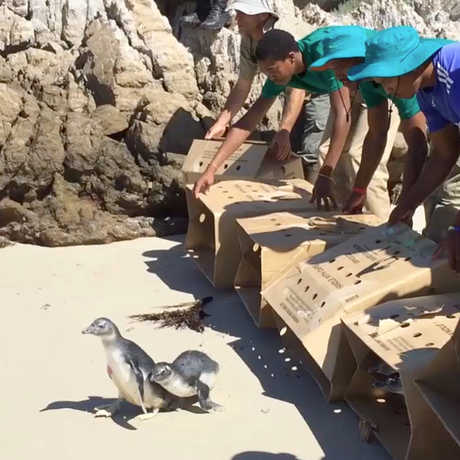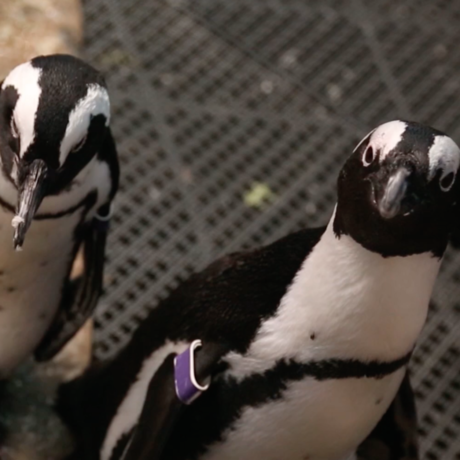Science News
Flu Season for Penguins

Last month, researchers reported that they had discovered strains of avian flu in birds, including penguins, in Antarctica. Antarctica is incredibly remote and out of the way of most migration routes, so it is unusual for diseases from other parts of the world to appear there. These novel viruses are also dangerous for life on the continent. “Antarctica is a fragile environment and one where fairly unique species of birds live,” says Aeron Hurt, lead author of the new study. “The impact of a pathogenic influenza virus, one that causes death or severe illness in birds, would have a really devastating impact.”
Hurt found a strain of bird flu in 2013 in Adélie penguins and has been monitoring the region ever since. In 2014, he sampled almost 300 birds, including gentoo penguins, brown skuas, and snowy sheathbills and found a similar virus in one of the sheathbills. In 2015, Hurt sampled 493 chinstrap penguins and found a different virus—this one similar to a North American strain—in one of the penguins.
The good news is that the numbers, so far, of infected birds are very low. And those infected show no signs of illness. Plus, scientists continue to monitor different bird populations for these viruses.
However, Hurt and others are worried, especially about the North American virus. “This is a concern because avian influenza viruses that can be deadly in many birds have recently circulated in North America,” he says. In addition, finding the virus in the sheathbill is not a good sign.
The snowy sheathbill is one of two species (the Arctic tern is the other) that migrates across hemispheres and into North America. The bird’s behavior also puts other species at risk, the team writes. “The snowy sheathbill is a scavenging bird that has a close interaction with penguin colonies, commonly stealing krill and fish from penguins, and feeding on young chicks as well animal feces.”
But the more they learn about these behaviors, the scientists hope the more they can do to prevent the viruses from appearing and taking hold on the continent. “By understanding the potential flyways and links of how influenza viruses enter the Antarctic Peninsula and how frequently that may occur can help assess that risk,” Hurt explains.
While there isn’t a flu shot or much in the way of treatment for avian influenza in wild birds, Hurt says that trying to avoid wild birds becoming infected with viruses occurring in poultry farms could potentially limit the devastation. “If outbreaks of a pathogenic virus were starting to be seen in poultry farms in the southern parts of South America for example, we could try and stamp them out as soon as possible, trying to prevent wild birds from being infected.” To that end, the Chilean government is one of the partners in this research.
Stay healthy, penguins!
Image: Graham/Wikipedia


